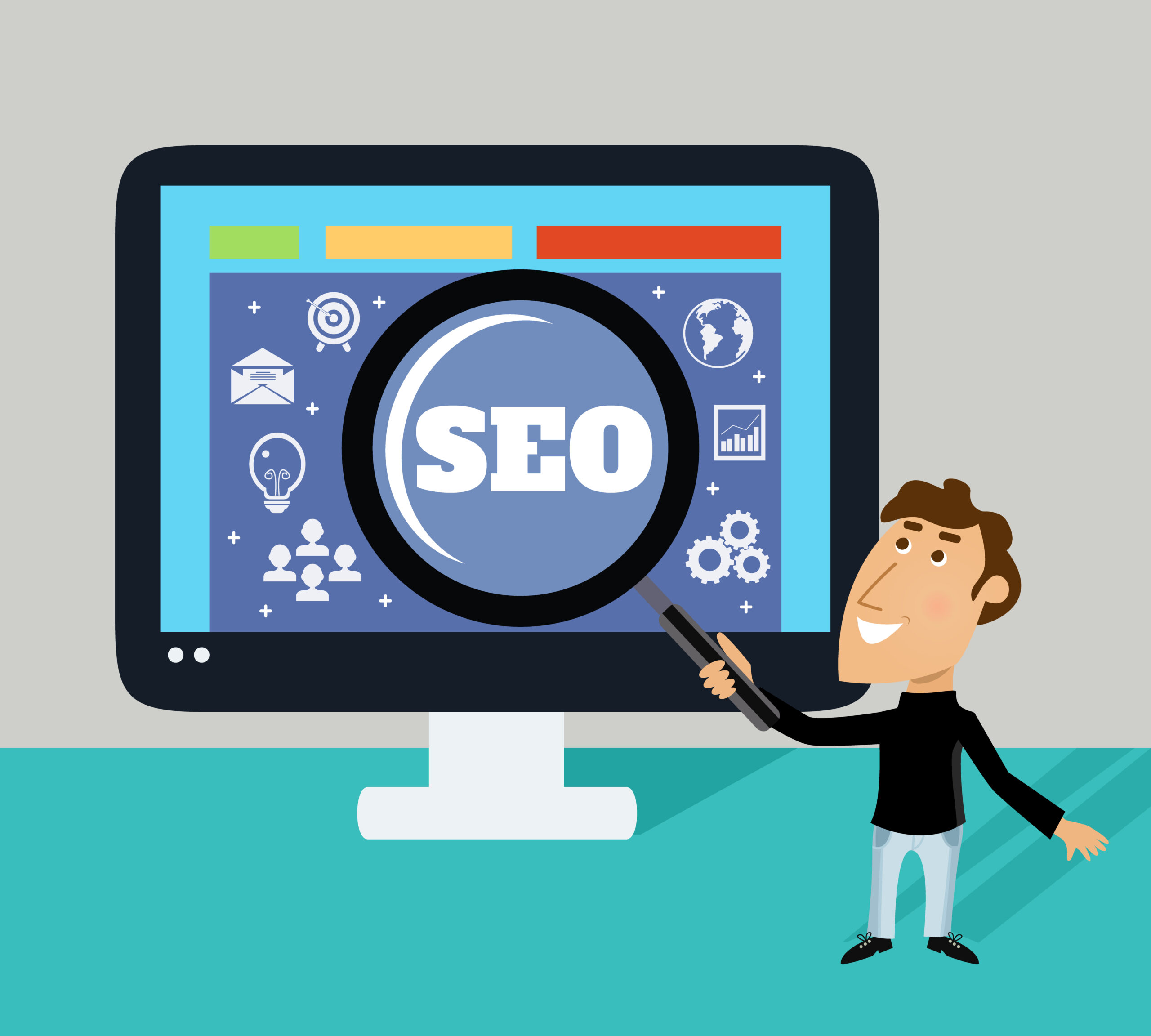In the ever-evolving world of search engine optimization (SEO), on-page SEO remains a critical component for achieving higher search engine rankings. While off-page factors like backlinks and social signals are undeniably important, your on-page SEO efforts play a pivotal role in determining your website’s visibility on search engine results pages (SERPs). Mastering on-page SEO can lead to improved organic traffic, better user experience, and higher conversions. In this article, we’ll delve into essential on-page SEO techniques and tips to help you climb the search rankings ladder.
Understanding On-Page SEO
Before diving into the actionable tips, let’s clarify what on-page SEO is and why it’s essential for your website’s success. On-page SEO refers to the optimization of individual web pages to improve their search engine rankings and attract more organic traffic. Unlike off-page SEO, which involves factors outside your website (such as backlinks), on-page SEO focuses on elements you can control directly on your site.
The goal of on-page SEO is to make your web pages more appealing to search engines and users. When done correctly, it helps search engines understand your content, its relevance to user queries, and the overall quality of your website. This, in turn, boosts your chances of ranking higher in search results, driving more targeted traffic to your site.
Key Elements of On-Page SEO
To master on-page SEO, you need to address various on-page elements that influence your website’s visibility and performance in search results. Here are some of the key elements you should focus on:
High-Quality Content
Content is the backbone of your website, and it’s the primary reason visitors come to your site. To excel in on-page SEO, create high-quality, informative, and engaging content that addresses the needs and interests of your target audience. Research relevant keywords and incorporate them naturally into your content to make it more discoverable by search engines.
Keyword Optimization
Keywords are the terms and phrases that users type into search engines to find information. Conduct thorough keyword research to identify the most relevant and high-traffic keywords in your niche. Once you have your target keywords, strategically place them in your content’s title, headings, body, and meta tags. However, avoid keyword stuffing, which can lead to penalties from search engines.
User-Friendly URLs
Ensure that your page URLs are concise, descriptive, and user-friendly. A clean and well-structured URL not only helps search engines understand your page’s content but also makes it easier for users to navigate and remember. Avoid using long strings of numbers and random characters in your URLs.
Meta Tags Optimization
Meta tags, including meta titles and meta descriptions, are crucial for on-page SEO. The meta title appears as the clickable link on SERPs, while the meta description provides a brief summary of the page’s content. Craft compelling meta titles and descriptions that entice users to click on your link. Incorporate your target keywords naturally while making sure the content accurately represents your page.
Header Tags (H1, H2, H3, etc.)
Header tags are used to structure your content hierarchically. The H1 tag represents the main title of your page, while H2, H3, and so on, indicate subheadings and sections within your content. Use header tags to break up your content into digestible sections and improve readability. Including relevant keywords in your header tags can also boost SEO.
Practical On-Page SEO Tips
Now that we’ve covered the fundamental elements of on-page SEO, let’s delve into some practical tips to help you optimize your web pages effectively:
Mobile Optimization
With the increasing use of mobile devices for internet browsing, mobile optimization is paramount. Ensure that your website is mobile-responsive, meaning it adapts seamlessly to various screen sizes and devices. Google and other search engines prioritize mobile-friendly websites in their rankings.
Page Loading Speed
Page loading speed significantly impacts user experience and SEO. A slow-loading website can lead to high bounce rates and lower search rankings. Optimize your site’s images, use browser caching, and consider a content delivery network (CDN) to enhance page loading speed.
Internal Linking
Internal linking involves connecting one page on your website to another through hyperlinks. It helps search engines navigate your site’s structure and establishes a hierarchy of pages. Use descriptive anchor text when linking internally, and make sure the links are relevant to the content.
Image Optimization
Images can enhance the visual appeal of your content, but they can also slow down your site if not optimized. Compress and resize images before uploading them, add descriptive alt text, and use a relevant filename. This not only improves SEO but also ensures accessibility for visually impaired users.
Schema Markup
Schema markup, or structured data markup, helps search engines understand the context of your content. It can result in rich snippets or enhanced search results, which can increase click-through rates. Implement schema markup for relevant content, such as products, reviews, and events, to stand out in search results.
Monitoring and Measuring On-Page SEO
Your on-page SEO efforts should not be a one-time task. To master it effectively, you need to continually monitor and measure your results. Here are some tools and metrics to help you track your on-page SEO performance:
1. Google Analytics
Google Analytics is a powerful tool that provides insights into your website’s traffic and user behavior. It allows you to track organic search traffic, user engagement, conversion rates, and more. By analyzing this data, you can identify areas for improvement.
Google Search Console
Google Search Console provides valuable information about how Google sees your website. It alerts you to issues such as crawl errors, indexing problems, and security concerns. Use it to submit sitemaps, monitor search performance, and receive notifications about potential issues.
Audit Tools
Various SEO audit tools like Mos, SEMrush, and Ahrens can help you assess your website’s on-page SEO. They provide detailed reports on factors like site speed, mobile-friendliness, keyword rankings, and backlinks. Regularly audit your site to identify and address SEO issues.
Keyword Ranking Tools
Track the rankings of your target keywords using keyword ranking tools. These tools show you where your pages rank in search results for specific keywords. Monitoring keyword rankings allows you to adjust your SEO strategy accordingly.
Conclusion
Mastering on-page SEO is a crucial endeavor for anyone looking to improve their website’s visibility in search engine results. By optimizing elements like content, keywords, URLs, meta tags, and user experience, you can enhance your website’s ranking and attract more organic traffic. Additionally, staying up to date with the latest SEO trends and continuously monitoring your performance will help you adapt and thrive in the ever-competitive online landscape.
Remember that SEO is an ongoing process, and it requires dedication and patience. Implement the tips and techniques outlined in this article, and over time, you’ll see your website.














